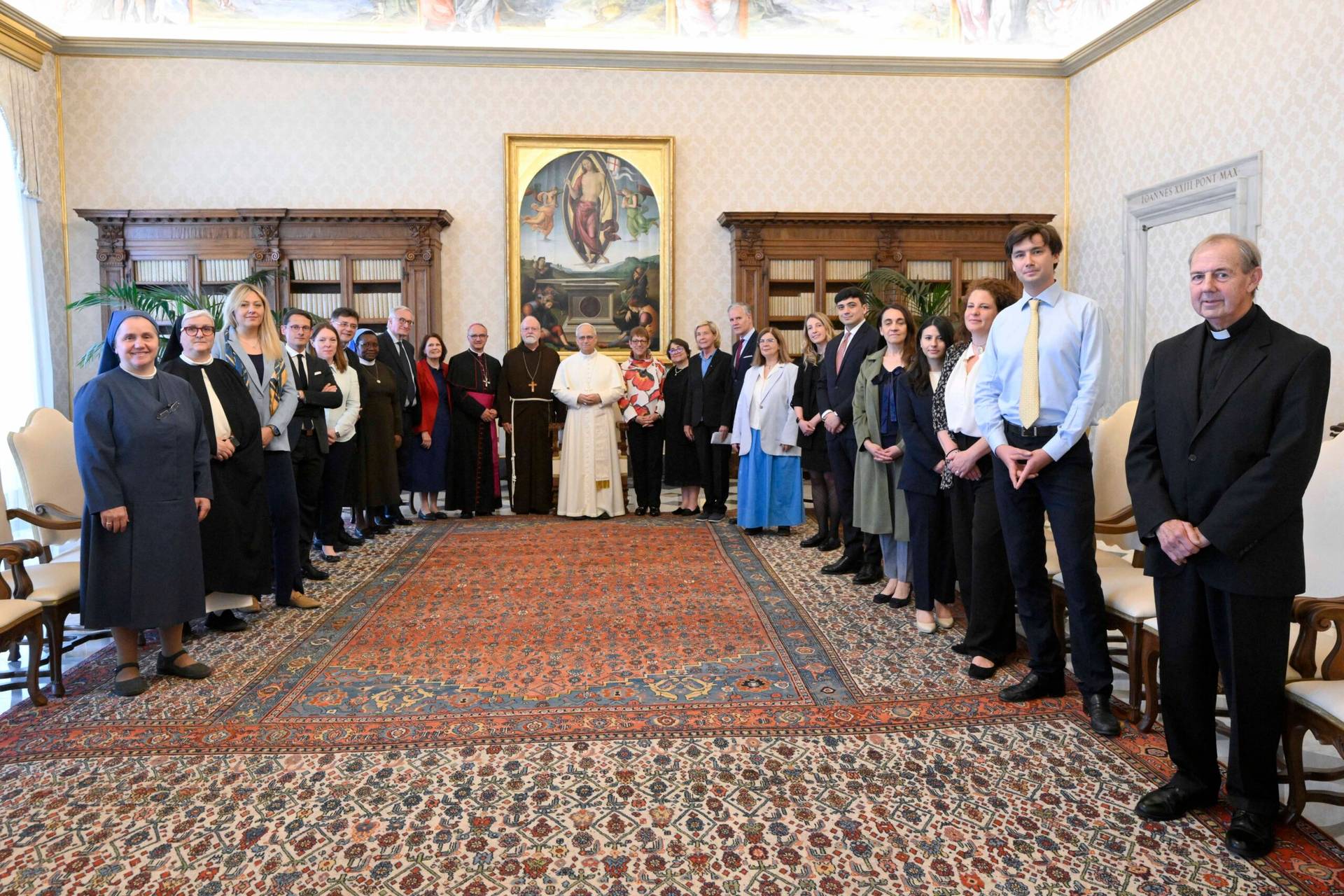ROME – As the traditional August 15 ferragosto holiday nears in Italy, meaning an annual late summer excuse for a get-away that dates all the way back to the Emperor Augustus in the year 18 A.D., very little usually happens in Rome. Locals joke that the only things moving in the city in August are cani e americani – “dogs and Americans.”
So far August 2019 has largely held to form, but that doesn’t mean nothing at all is cooking. Herewith notes on two developments, neither of which amounts to a thunderclap, but each of which, in its own way, is still noteworthy.
JPII Institute kerfuffle
Last month, a new set of statutes was approved for the “John Paul II Pontifical Theological Institute for Marriage and Family Sciences,” the new name for an institute founded in 1981 by St. John Paul II and long considered the primary Vatican beachhead for the most robustly pro-life Catholics and those most traditional in their views of marriage and family life.
In 2017 Pope Francis suppressed the old institute and created a new one, and last month he approved a set of statutes which, among other things, had the effect of eliminating the jobs of two longtime faculty members, Monsignor Livio Melina and Father Jose Noriega, both of whom would conventionally be seen as holding somewhat more conservative views on some questions related to marriage and family.
The moves have triggered protest, including a letter from a few hundred current and former students suggesting the institute’s identity is at risk. Some critics believe what’s happening under Francis and Italian Archbishop Vincenzo Paglia, the pontiff’s pick as Grand Chancellor, amount to a rollback of John Paul’s legacy.
This week I spoke to Italian Monsignor Pierangelo Sequeri, tapped in 2016 as the institute’s president. Sequeri flatly denied any such campaign is underway.
“There is no effort whatsoever to subvert the spiritual and theological legacy of John Paul II or the institute he founded,” Sequeri told me. “Pope Francis made that explicit to us, and those are our marching orders.”
Over and over again, Sequeri insisted that the main feature of the changes is a spirit of continuity with what came before – including, he said, the fact that students currently working on degrees under Melina and Noriega will be able to continue to do so until they’re finished.
“I’m an old monsignor,” Sequeri, now 74, laughed. “I came up under John Paul II, so I come from that tradition,” he said, among other examples citing the fact that he’s written an article favorable to the legacy of the late Italian Cardinal Carlo Caffarra, who died in 2017 and who was among the “dubia” cardinals who challenged Francis on the idea of allowing divorced and civilly remarried Catholics to receive communion.
Sequeri said he regards the contretemps around the institute as “moves in another battle,” meaning it’s unfairly become a proxy in a larger contest around Francis.
Time will tell how things at the institute shake out – though it might help if the people behind these changes could bring themselves to admit that they are, actually, changes, even if they’re convinced those changes are completely defensible and organic, rather than feeling compelled to insist that absolutely nothing is different.
The Pope’s JV
The most important way any pope ever shapes the Catholic Church is through his personnel moves – in part because Catholicism is hierarchical and who’s in charge really matters, and in part because bishops often outlive the popes who create them.
In terms of relative importance, probably the most consequential personnel moves are naming new residential bishops for major tone-setting archdioceses, such as Milan, Paris, and New York. Next is probably the big Vatican jobs, beginning with the Secretary of State.
Arguably in third place is papal nominations as members of Vatican departments, because they help set policy in those areas. These are residential bishops who don’t work in Rome, but who come over every once in a while to vote on big-picture questions.
Most significant would be membership in the Congregation for Bishops, which recommends new bishops around the world, followed by the Congregation for the Doctrine of the Faith, which not only oversees doctrinal disputes but, since 2001, has also been the lead department in the fight against clerical sexual abuse.
Other departments are less critical but still meaningful, which brings us to Tuesday’s announcement of new selections for the Congregation for Eastern Churches, responsible for Vatican decisions regarding the 23 Eastern rite churches in communion with Rome.
Here’s who the pope picked:
- Cardinal Gualtiero Bassetti of Perugia, president of the Italian bishops’ conference
- Cardinal Carlos Osoro Sierra of Madrid, Spain
- Cardinal Anders Arborelius of Stockholm, Sweden
- Cardinal Luis Ladaria Ferrer, a Jesuit and prefect of the doctrinal congregation
- Archbishop Anthony Fisher of Sydney, Australia
- Melkite Archbishop Georges Bacouni of Beirut and Jbeil, Lebanon
- Greek Catholic Archbishop Borys Gudziak of Philadelphia
- Archbishop Michel Aupetit of Paris, France
- Archbishop Miguel Ángel Ayuso Guixot of Spain, president of the Pontifical Council for Interreligious Dialogue
Looking at the rundown, here’s the take-away: This is basically the pope’s JV team, meaning, not quite the varsity among the Catholic bishops around the world he favors and relies on the most, but pretty much the next level – guys who probably would be called on to suit up if one of the varsity players ever goes down.
All are Francis bishops, in the sense that they owe either their position or their rank, or both, to the current pontiff. Most are also “Francis bishops” in the more colloquial sense that they share the moderate, pastoral outlook associated with the Argentinian pope.
If you’re looking for up-and-coming prelates who may not quite be the heavyweights of this papacy, but who seem poised to exercise growing influence going forward, you could do a lot worse than cutting and pasting from Tuesday’s appointments.















